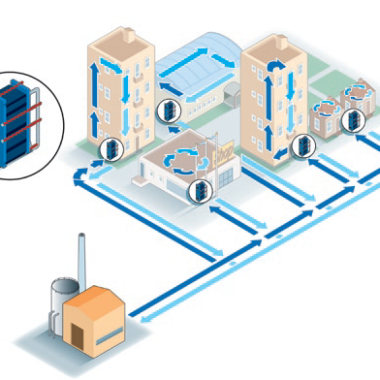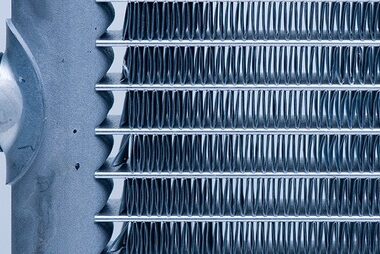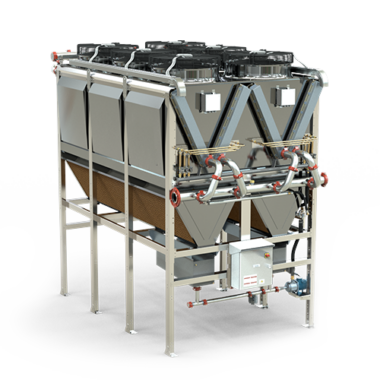Air-to-Water Heat Pumps
Introduction
Air-to-water heat pumps have emerged as a transformative technology in the world of cooling and heating, offering energy-efficient solutions for both residential and industrial applications. These systems operate by extracting heat from the air and transferring it to water, which can then be circulated for space cooling, heating, or even domestic hot water production. Their versatility, coupled with environmental benefits, makes them a highly desirable option in the push towards sustainable energy solutions.
How Air-to-Water Heat Pumps Work
Air-to-water heat pumps use the ambient air as their primary energy source. The system absorbs heat from the outside air, even in colder conditions, and transfers this heat to a refrigerant. The refrigerant is compressed, increasing its temperature, and the heat is then exchanged with water, which is used to cool or heat spaces depending on the specific needs of the building.
Energy Efficiency
One of the key advantages of air-to-water heat pumps is their energy efficiency. For every unit of electricity used to power the system, it can generate multiple units of heating or cooling energy, making it significantly more efficient than traditional systems. This leads to lower energy consumption and, consequently, reduced operating costs.
Environmental Benefits
Air-to-water heat pumps are environmentally friendly because they rely on a renewable source of energy: ambient air. Unlike conventional cooling systems that rely on fossil fuels, heat pumps reduce carbon emissions and contribute to global efforts to mitigate climate change. Additionally, they use eco-friendly refrigerants, which further minimizes their environmental footprint.
Versatility in Applications
These systems can be integrated into various building types, from residential homes to commercial and industrial facilities. They are particularly useful in areas where both heating and cooling are required, as they can seamlessly switch between functions. Air-to-water heat pumps can also be paired with underfloor heating systems, radiators, or fan coils, making them flexible enough to suit different cooling and heating needs.
Improved Indoor Comfort
Because air-to-water heat pumps operate more efficiently, they maintain a more consistent temperature compared to traditional HVAC systems. This leads to improved indoor comfort, as temperature fluctuations are minimized, and air quality is enhanced through the balanced humidity control they offer.
Cost-Effectiveness
While the initial installation cost of an air-to-water heat pump may be higher than some traditional systems, the long-term savings in energy bills and reduced maintenance costs can make them a more economical choice in the long run. The durability and reliability of these systems also contribute to their cost-effectiveness.
Future-Proofing with Smart Technology
Many modern air-to-water heat pumps are integrated with smart technology, allowing for remote monitoring and control. This makes it easier to optimize performance, ensuring energy efficiency is maximized, and system maintenance needs are minimized through predictive analytics.
Adaptability to Different Climates
Air to water heat pump are designed to work efficiently across a wide range of climates. Advanced models can operate in colder temperatures, making them viable even in regions with harsh winters. Their ability to extract heat from the air, even in low-temperature environments, ensures year-round performance for both cooling and heating needs.
Reduced Dependence on Fossil Fuels
By using ambient air as the primary source of energy, air-to-water heat pumps reduce reliance on fossil fuels such as natural gas or oil. This shift supports global energy transitions toward more sustainable energy sources and helps buildings meet energy efficiency standards and regulations.
Integration with Renewable Energy Systems
Air to water heat pump can be paired with renewable energy sources like solar panels or wind energy systems. This integration maximizes energy efficiency and reduces operational costs further, creating a fully sustainable energy ecosystem for buildings that are looking to achieve carbon-neutral operations.
Conclusion
Air to water heat pump are revolutionizing the cooling and heating industry by providing energy-efficient, eco-friendly, and versatile solutions. Their ability to adapt to a wide range of applications, combined with significant energy savings and environmental benefits, makes them an ideal choice for modern buildings and future-focused energy systems. As the demand for sustainable and cost-effective cooling solutions grows, air-to-water heat pumps are poised to become a key player in achieving these goals.






